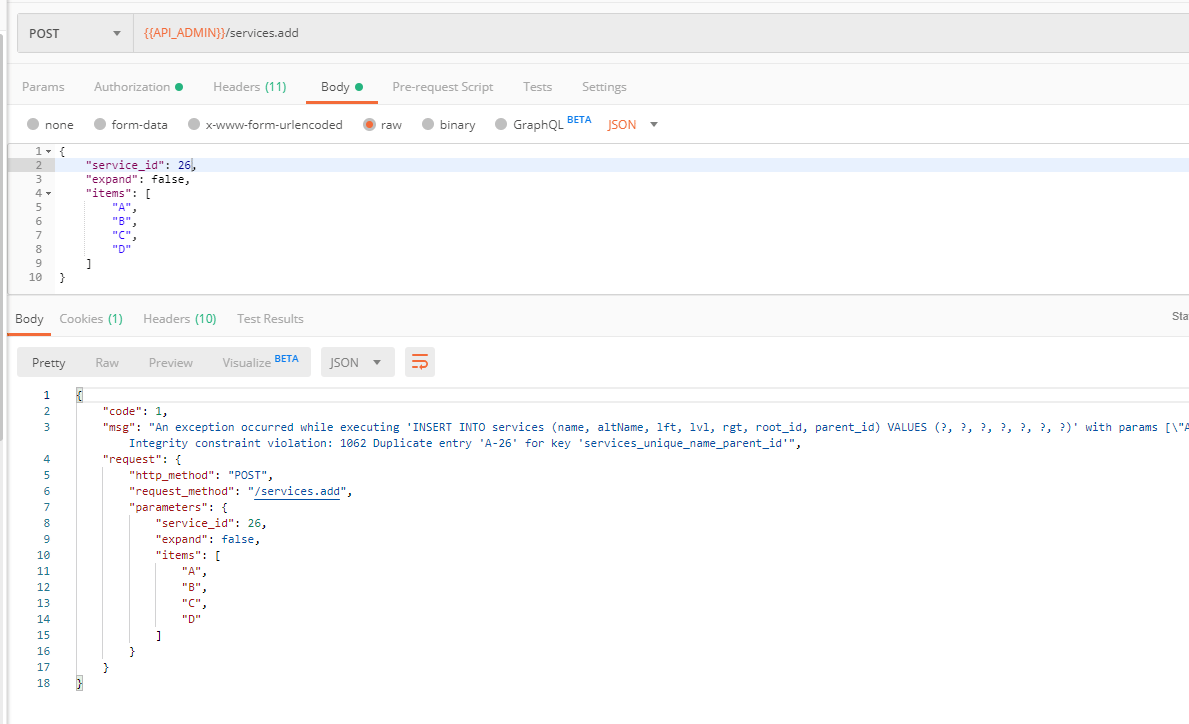<?php
namespace App\Security;
use App\Entity\User;
use App\Exception\Api\EAuthorisationError;
use App\Exception\Api\ExceptionInvalidRequest;
use Doctrine\ORM\EntityManagerInterface;
use Jose\Component\Core\AlgorithmManager;
use Jose\Component\Core\AlgorithmManagerFactory;
use Jose\Component\Core\JWK;
use Jose\Component\Signature\JWSVerifier;
use Jose\Component\Signature\Serializer\CompactSerializer;
use Jose\Component\Signature\Serializer\JWSSerializerManager;
use Symfony\Component\HttpFoundation\Request;
use Symfony\Component\HttpFoundation\Response;
use Symfony\Component\Security\Core\Authentication\Token\TokenInterface;
use Symfony\Component\Security\Core\Exception\AuthenticationException;
use Symfony\Component\Security\Core\User\UserInterface;
use Symfony\Component\Security\Core\User\UserProviderInterface;
use Symfony\Component\Security\Guard\AbstractGuardAuthenticator;
/**
* Class TokenAuthenticator
* @package App\Security
*/
class TokenAuthenticator extends AbstractGuardAuthenticator
{
/** @var AlgorithmManagerFactory */
private $algorithmManagerFactory;
/** @var AlgorithmManager */
private $algorithmManager;
/** @var EntityManagerInterface */
private $entityManager;
/** @var string */
private $ip;
/**
* AppAuthAuthenticator constructor.
* @param EntityManagerInterface $entityManager
* @param AlgorithmManagerFactory $algorithmManagerFactory
*/
public function __construct(EntityManagerInterface $entityManager, AlgorithmManagerFactory $algorithmManagerFactory)
{
$this->entityManager = $entityManager;
$this->algorithmManagerFactory = $algorithmManagerFactory;
$this->algorithmManager = $this->algorithmManagerFactory->create(["RS256", "HS512"]);
$this->ip = $_SERVER['REMOTE_ADDR'];
}
/**
* @param string $token
* @return bool
* @throws EAuthorisationError
*/
public function verification(string $token): bool
{
$jwk = new JWK([
"kty" => "oct",
"k" => base64_encode($_ENV["JWT_KEY"] . $this->ip),
]);
// The serializer manager. We only use the JWS Compact Serialization Mode.
$serializerManager = new JWSSerializerManager([
new CompactSerializer(),
]);
$jwsVerifier = new JWSVerifier($this->algorithmManager);
try {
$jws = $serializerManager->unserialize($token);
}catch (\Exception $exception) {
throw new EAuthorisationError("Не удалось проверить токен");
}
return $jwsVerifier->verifyWithKey($jws, $jwk, 0);
}
/**
* @param Request $request
* @return bool|void
*/
public function supports(Request $request)
{
return true;
}
/**
* @param Request $request
* @return array
* @throws EAuthorisationError
*/
public function getCredentials(Request $request)
{
try {
preg_match('/Bearer\s+(.*?)$/m', $request->headers->get("authorization"), $match);
return [
"token" => $match[1],
];
}catch (\Exception $exception) {
throw new EAuthorisationError("Не верный токен");
}
}
/**
* Return a UserInterface object based on the credentials.
*
* The *credentials* are the return value from getCredentials()
*
* You may throw an AuthenticationException if you wish. If you return
* null, then a UsernameNotFoundException is thrown for you.
*
* @param mixed $credentials
*
* @param UserProviderInterface $userProvider
* @return User|UserProviderInterface
*/
public function getUser($credentials, UserProviderInterface $userProvider)
{
return new User();
}
/**
* Returns true if the credentials are valid.
*
* If any value other than true is returned, authentication will
* fail. You may also throw an AuthenticationException if you wish
* to cause authentication to fail.
*
* The *credentials* are the return value from getCredentials()
*
* @param mixed $credentials
*
* @return bool
*
* @throws AuthenticationException
* @throws EAuthorisationError
*/
public function checkCredentials($credentials, UserInterface $user)
{
if ($this->verification($credentials["token"])) {
return true;
}
throw new EAuthorisationError("Не верный токен");
}
/**
* Called when authentication executed, but failed (e.g. wrong username password).
*
* This should return the Response sent back to the user, like a
* RedirectResponse to the login page or a 403 response.
*
* If you return null, the request will continue, but the user will
* not be authenticated. This is probably not what you want to do.
*
* @return Response|null
*/
public function onAuthenticationFailure(Request $request, AuthenticationException $exception)
{
return null;
}
/**
* Called when authentication executed and was successful!
*
* This should return the Response sent back to the user, like a
* RedirectResponse to the last page they visited.
*
* If you return null, the current request will continue, and the user
* will be authenticated. This makes sense, for example, with an API.
*
* @param string $providerKey The provider (i.e. firewall) key
*
* @return Response|null
*/
public function onAuthenticationSuccess(Request $request, TokenInterface $token, $providerKey)
{
return null;
}
/**
* Does this method support remember me cookies?
*
* Remember me cookie will be set if *all* of the following are met:
* A) This method returns true
* B) The remember_me key under your firewall is configured
* C) The "remember me" functionality is activated. This is usually
* done by having a _remember_me checkbox in your form, but
* can be configured by the "always_remember_me" and "remember_me_parameter"
* parameters under the "remember_me" firewall key
* D) The onAuthenticationSuccess method returns a Response object
*
* @return bool
*/
public function supportsRememberMe()
{
// TODO: Implement supportsRememberMe() method.
}
/**
* Returns a response that directs the user to authenticate.
*
* This is called when an anonymous request accesses a resource that
* requires authentication. The job of this method is to return some
* response that "helps" the user start into the authentication process.
*
* Examples:
*
* - For a form login, you might redirect to the login page
*
* return new RedirectResponse('/login');
*
* - For an API token authentication system, you return a 401 response
*
* return new Response('Auth header required', 401);
*
* @param Request $request The request that resulted in an AuthenticationException
* @param AuthenticationException $authException The exception that started the authentication process
*
* @return Response
* @throws EAuthorisationError
* @throws ExceptionInvalidRequest
*/
public function start(Request $request, AuthenticationException $authException = null)
{
if (!$this->supports($request)) {
throw new ExceptionInvalidRequest("Требуется параметр [token]!", $request);
}
$credentials = $this->getCredentials($request);
if ($this->verification($credentials["token"])) {
return new Response("");
}
throw new EAuthorisationError("Token is not valid!");
}
}

